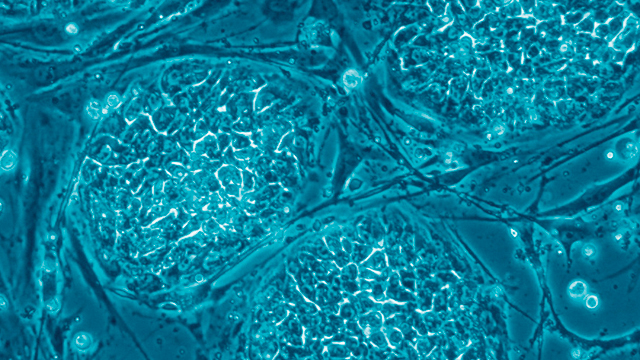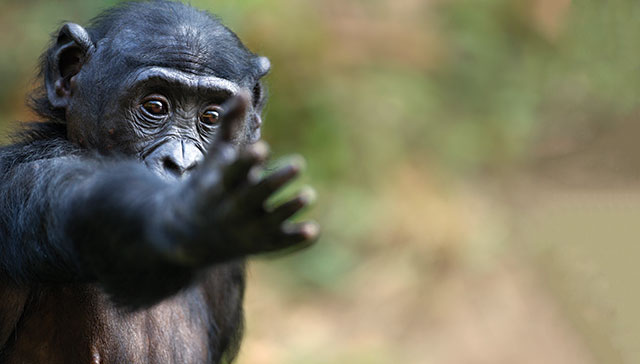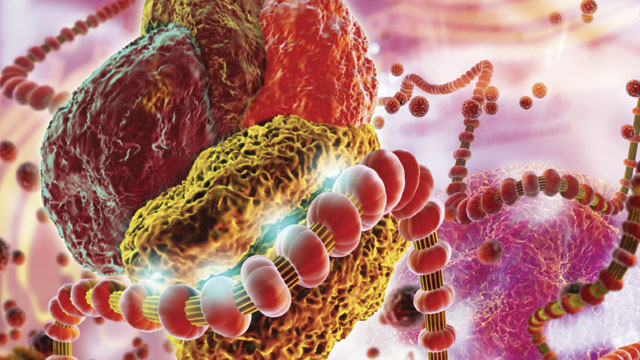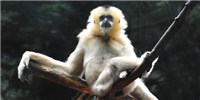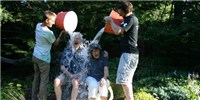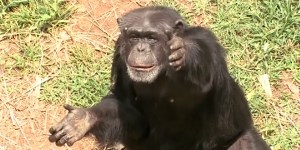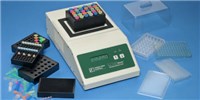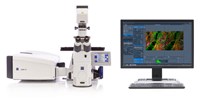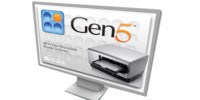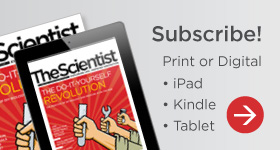Farms support less phylogenetically diverse bird populations than forests, but some farms are better than others.
News & Opinion
Covering the life sciences inside and out
Gut microbes enhance response to the seasonal flu shot in mice.
What researchers are learning as they sequence, map, and decode species’ genomes
Hundreds of thousands participated in the ALS campaign that went viral, but how are they supposed to decide where to donate?
The Nutshell
Daily News Roundup
Sangeeta Bhatia, creator of miniature medical technologies, has won the Lemelson-MIT Prize.
A preliminary trial finds that teaching parents certain therapeutic interactions for babies showing early signs of autism may improve the infants’ future social development.
Early versions of two now-retracted stimulus-triggered acquisition of pluripotency studies had been rejected before.
A previously rare respiratory virus is landing hundreds of children in hospitals.
Current Issue
September 2014

In addition to serving as a set of instructions to build an individual, the genome can influence neighboring organisms and, potentially, entire ecosystems.
Handedness, a conspicuous but enigmatic human trait, may be shared by other animals. What does it mean for evolution and brain function?
Now showing clinical progress against liver diseases, the gene-silencing technique begins to fulfill some of its promises.
Multimedia
Video, Slideshows, Infographics
Studying handedness in chimps may shed light on the mysterious trait in humans.
Johns Hopkins University Chemist Larry Principe discusses his favorite alchemy painting, the topic of this month’s Foundations.
The Marketplace
New Product Press Releases
To Help Reduce the Cost of Failure and Increase the Chance of Clinical Success
New BOCHEM® Lift 240 electrically powered laboratory support jack from Bochem Instrumente GmbH.
Torrey Pines Scientific, Inc. announces its new EchoTherm™ Model SC25XT.
New Synergy HTX Offers Convenient, Flexible and Automated Microplate-based Detection
New confocal technology enables fast and sensitive superresolution microscopy.
BioTek’s Gen5 Software Offers CVB Relative Potency Solution.



